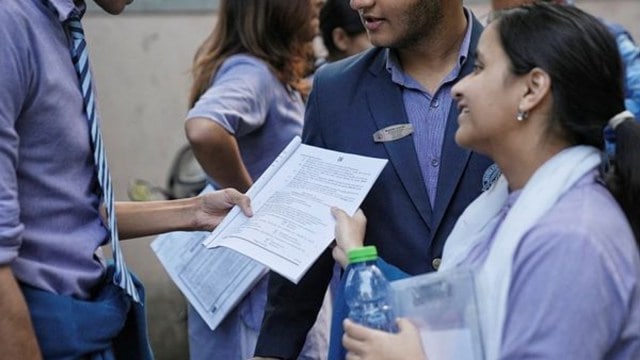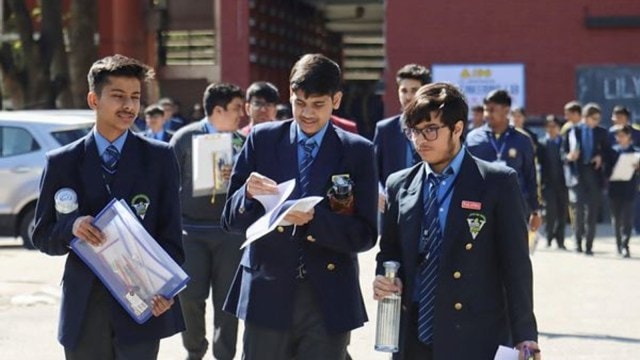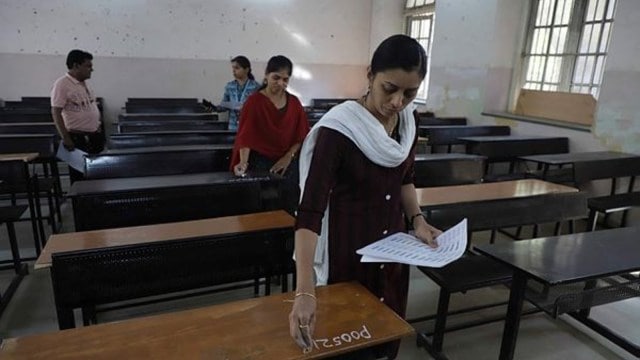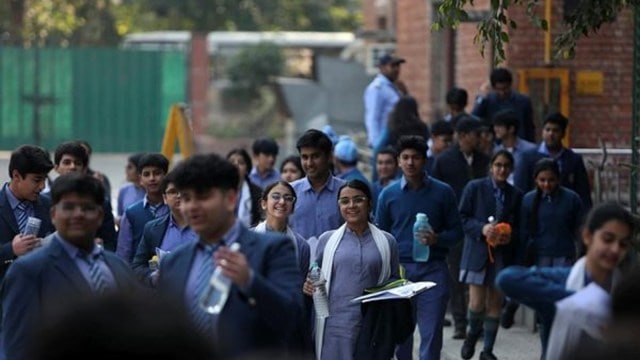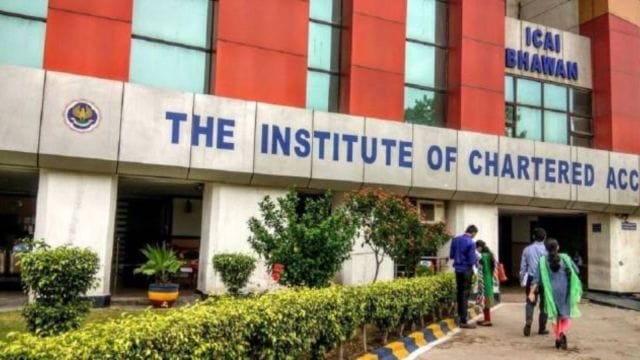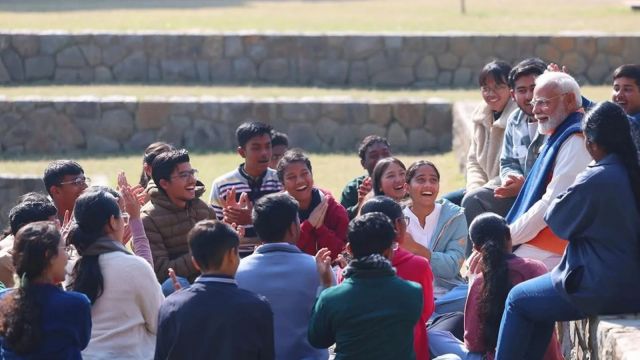
Why qualifying for the Paris Olympics has got a lot tougher for India’s marathon runners
When India’s top runner Gopi Thonakal qualified for the marathon at the 2016 Olympics in Rio, the qualification timing was 2 hours and 19 minutes. He ran a fabulous race at the 2016 Mumbai Marathon, clocking 2:16:15 to make the cut.
While he wants to use the Tata Mumbai Marathon on Sunday to qualify for the Paris Olympics later this year, it will be a much tougher task.
In just eight years, the qualification standard for direct qualification for the Olympic marathon has gone down by 11 minutes to 2:08, making it practically impossible for Indians to qualify directly with their current timings.
To put it in perspective, the Indian men’s marathon record is 2:12, set by Shivnath Singh in 1978 in Jalandhar. Gopi’s best timing is 2:13:39 which he set in Seoul in 2022.
With direct qualification seemingly not an option, there’s still hope for Gopi and other top Indian runners who will look to qualify for the Summer Games via the average route.
“Runners who don’t qualify automatically have the option to average the best five race timings. I feel 2:12 will be needed at Mumbai or in two races ahead for making the grade, one in India and one abroad,” Gopi said on Saturday.
What has changed?
Since 2019, nine of the top 10 men’s and women’s marathon timings have been set and it’s clear that there’s a catalyst — Super shoes.
Nike stunned the world of long-distance running in 2017 when they unveiled their Zoom Vaporfly 4% shoes to the public. The ‘4%’ in the name was derived from lab tests that showed the shoe improved running economy by an average of 4% compared to other popular marathon racing shoes. This remarkable improvement in efficiency immediately captured the attention of runners around the world. Elite runners wearing the shoe started breaking records and soon it became the footwear of choice for serious distance runners at all levels.
The effect was very evident in the surge of athletes meeting entry standards at the 2020 Tokyo Olympics. The extended qualifying window (It was held in 2021 due to Covid-19) resulted in 106 men and 88 women starting the marathon though the maximum entries were initially just 80 each.
Do the shoes matter that much?
Kalidas Hirve, who finished the third-fastest Indian at last year’s Mumbai Marathon, says wearing the Nike shoe may matter only at the very elite level where improving by 10-20 seconds may be significant.
The technology surely makes a difference but Nike’s competitors have caught up and the running shoe market is filled with worthy alternatives from a range of brands.
“I believe as long as the shoe has a carbon plate, it’s good enough to give you good timing,” says Kalidas referring to the carbon-fibre plate in the midsole of the shoe. The best marathon shoes also have incorporated something like Nike’s ZoomX, a lightweight and highly responsive foam.
With World Athletics also placing limits on shoe sole thickness and the use of carbon-fibre plates, the playing field has become more even.
Better facilities
For Indians, the problems run way deeper than just shoes. Gopi, who has been one of India’s top marathoners in recent times, says training facilities definitely need to improve.
He currently trains at the SAI campus in Bengaluru, which isn’t by any means ideal for marathon training. They do have high-altitude training in Ooty but Gopi says the roads are a problem.
“You need proper roads to have good timing during training. There’s something that our country lacks. We need to train at high altitudes, but we also need flat roads as it reduces the risk of injury. We really need to look at all of this if we want to improve our marathon timings,” he told The Indian Express.
Train with faster athletes
The African/European runners generally train with a core group of the top runners of their country. An expert trainer who works with Kenyan athletes said on the condition of anonymity that Indian athletes must train alongside runners who have timings of sub-2:08.
“That’s a start. They can only get better if they train with better runners. Indians don’t necessarily do that and that’s why their timings haven’t improved over the years while other countries have moved miles ahead. Their best timing was set 46 years ago and that gives you some perspective,” he said.
Gopi and Kalidas too admitted that they could learn a lot, in terms of technique and overall preparation, from training with faster athletes.
Mumbai- Roads, weather
Gopi has said that he has to run 2:12 if he wants to qualify for the Olympics and that would mean shaving a minute and a half from his personal best. It’s also a huge ask considering he clocked 2:14:58 at this last race which was the Amsterdam Marathon last year.
While he’s always had decent timings in Mumbai, this year might be a little challenging considering the ongoing construction due to infrastructure works such as the Coastal Road and Mumbai Metro. Organisers, though, have promised a smooth path for the elite runners, with little to no changes from the route last year.
Record times were set last year and that was mainly due to a sudden dip in temperatures. The temperature in South Mumbai, where the race was held, was 16.2 degrees Celcius while the temperature in Santacruz — near the end of the Bandra-World Sea link – went as low as 13 degrees.
This year, the temperature is likely to be a few degrees higher, making it even more difficult for the elite runners.
Gopi, an army man, is used to fighting the odds to achieve what he wants. He’ll have to do a little more than that on Sunday.

 Posts
Posts Sign up as a Teacher
Sign up as a Teacher